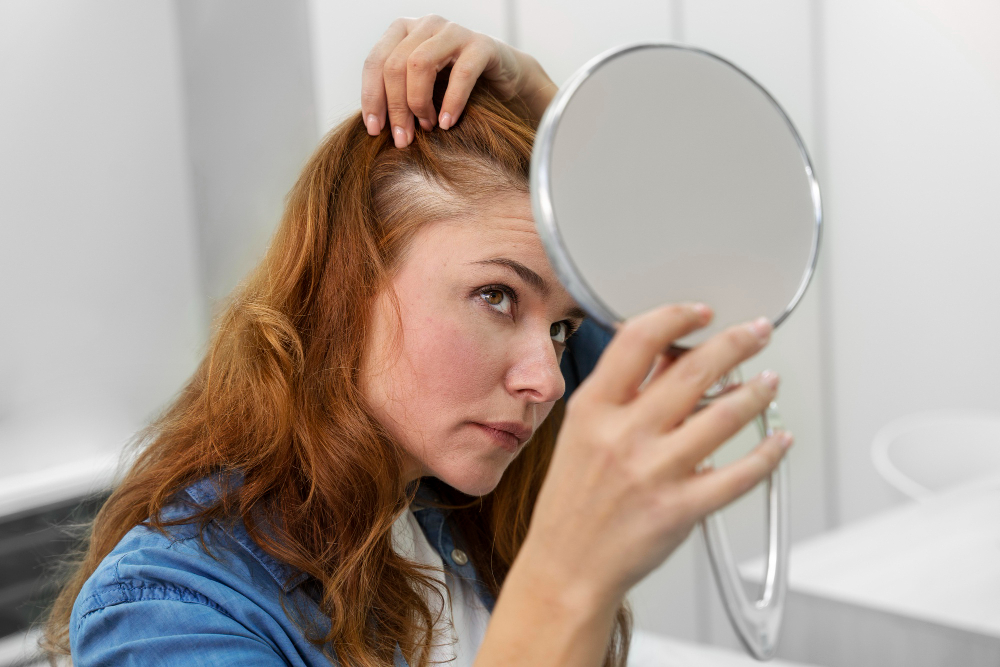We all notice hair in the shower drain, on our brush, or even scattered on our pillow. And that’s when the question pops up: Is this just normal shedding, or is it actual hair loss?
At Haste Hair, this is one of the most common concerns we hear from clients. The truth is, hair shedding is a natural part of your hair growth cycle—shedding up to 150 hairs a day is completely normal.
But sometimes, what seems like shedding can actually be hair loss, which requires attention. Understanding the difference between hair loss vs hair shedding helps you take the proper steps, whether that’s at-home care, lifestyle adjustments, or a professional scalp analysis.
Hair Loss vs Hair Shedding: Why This Matters
Confusing, right? Hair loss vs hair shedding can both cause unnecessary worry or even delay taking action when your hair really needs help. Many people assume that seeing a few strands on the pillow means their hair is falling out, but it could just be normal shedding.
On the other hand, ignoring the signs of actual hair loss can let thinning progress unnoticed, making it harder to treat later. Understanding the difference is essential so you can act quickly, protect your hair, and maintain confidence in your scalp health.
What is Hair Shedding?
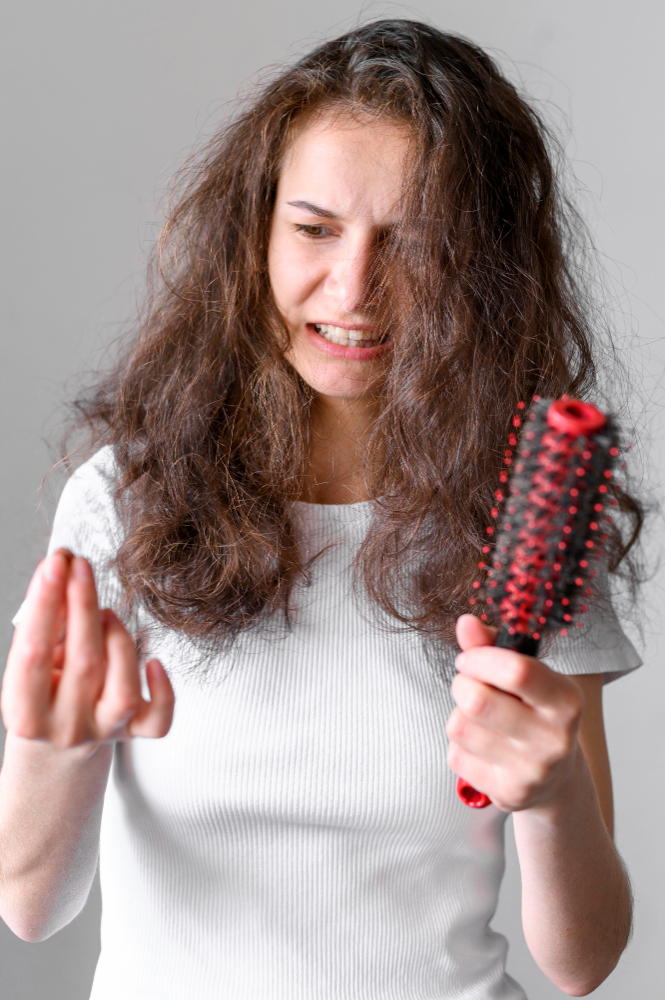
Hair shedding is a normal, healthy part of your hair growth cycle. Your strands go through four stages: growth (anagen), transition (catagen), rest (telogen), and shedding (exogen).
It’s normal to shed 50–150 hairs a day, and this is often temporary and natural. Common triggers include:
- Stress
- Illness or postpartum changes
- Seasonal hair changes
- Nutritional deficiencies
💡 Key takeaway: Shedding is expected and temporary. Your follicles are still healthy and capable of growing new hair.
What is Hair Loss?
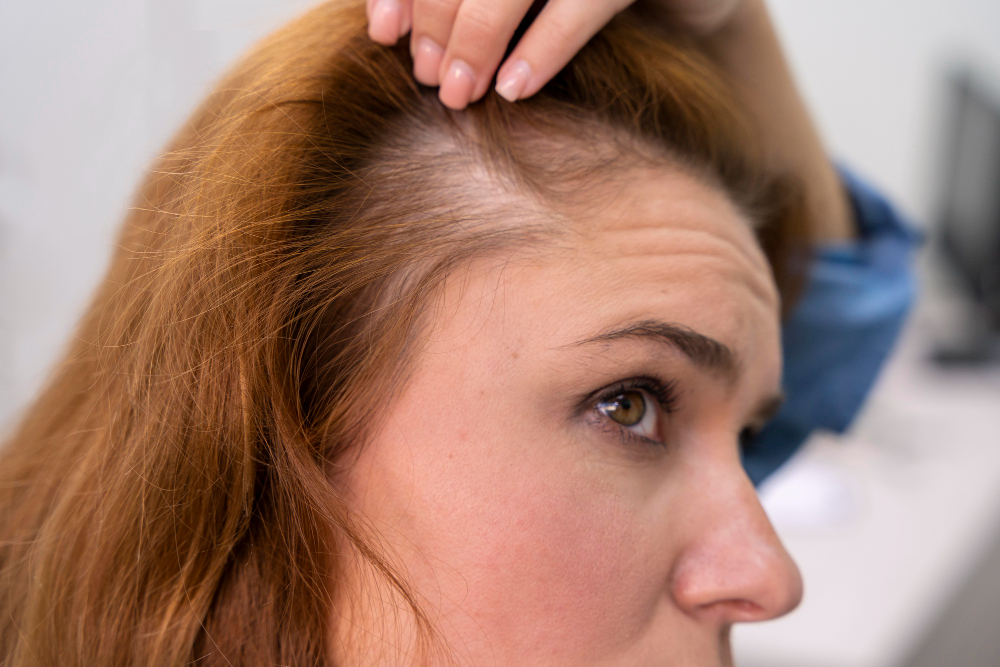
Hair loss occurs when a follicle stops producing new strands entirely. Unlike shedding, lost follicles won’t replace hair naturally without intervention. For a deeper dive into causes and types, check out our guide on what is hair loss.”
Common causes include:
- Hormonal changes, such as menopause
- Autoimmune conditions like alopecia areata
- Tight hairstyles or extensions → traction alopecia
- Medical treatments like chemotherapy
- Genetics (pattern baldness)
💡 Tip: Wearing tight hairstyles or extensions regularly can accelerate hair loss.
By understanding the key differences between hair loss vs hair shedding, you’ll know when to act at home and when it’s time to seek professional help.
Comparison Table: Hair Loss vs Hair Shedding vs Others
| Condition | What It Means | Key Signs | Normal or Worrying? |
|---|---|---|---|
| Hair Shedding | Natural cycle, old hair falls, so new can grow | ~50–150 hairs/day, diffuse fall | ✅ Normal |
| Hair Loss | Follicles stop producing hair | Bald spots, thinning over time | ⚠️ See a doctor |
| Hair Thinning | Density reduction, follicles still active | Wider part line, thinner ponytail | ⚠️ Early warning |
| Hair Breakage | Hair snaps mid-shaft | Short, uneven strands, frizz | ✅ Manageable with shampoos & care |
| Balding | Progressive, permanent hair loss | Receding hairline, crown thinning | ⚠️ Usually genetic |
How to Tell the Difference (Hair Loss vs Hair Shedding)

Ask yourself:
- Amount: Are you losing handfuls or just a few strands?
- Pattern: Diffuse shedding or bald patches?
- Symptoms: Any itching, burning, or sensitive scalp?
- Timeline: Has it lasted more than 6 months?
- New Growth: Do you see baby hairs forming?
💡 Tip: Shedding is usually temporary and diffuse; hair loss shows patterns and progressive thinning.
If you notice itching, redness, or unusual flakes along with shedding, it may signal underlying scalp issues. Learn more about common scalp conditions to rule out problems.”
What You Can Do
1. Scalp Care
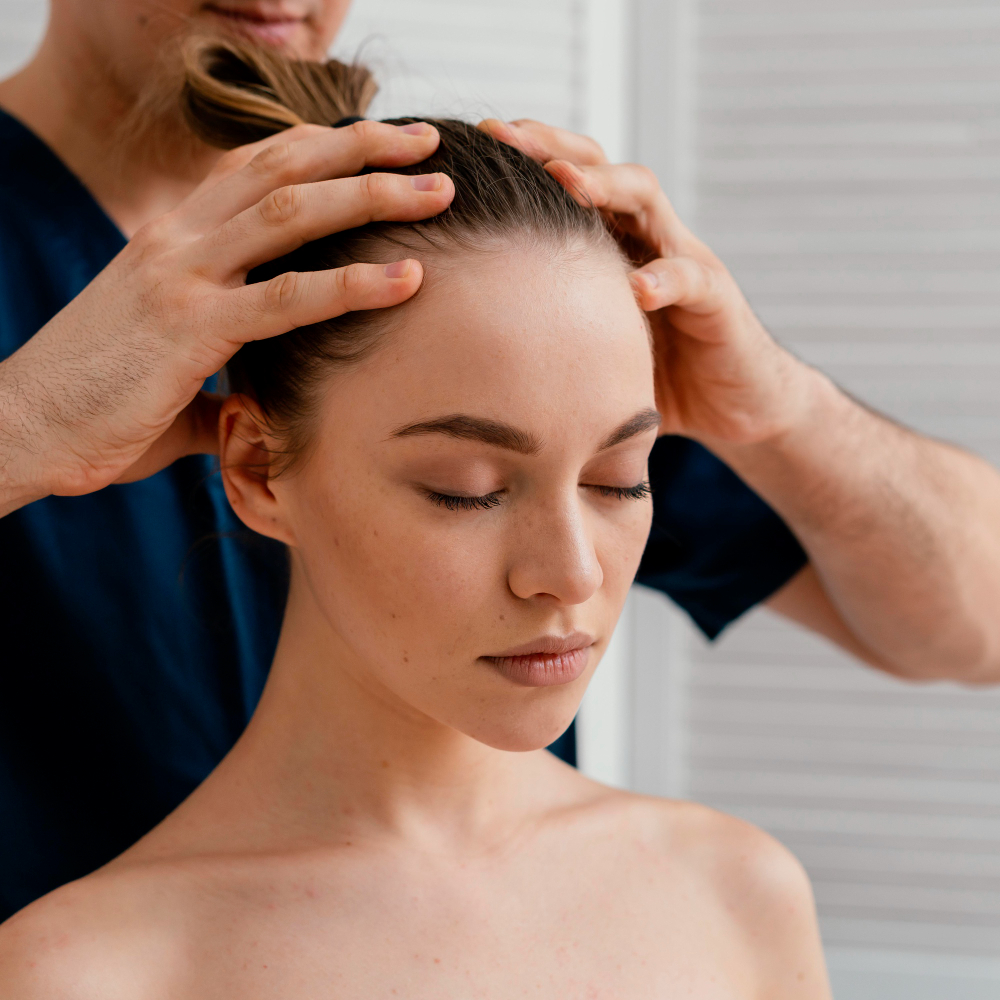
- Scalp massage: Just 4 minutes daily can boost blood flow to hair follicles, relieve tension, and promote healthier hair growth. Try using your fingertips in small circular motions. Learn more about scalp massage techniques.
- Lightweight scalp serum: Swap heavy oils for a lightweight serum that nourishes your scalp without clogging follicles. Check out what a scalp serum is for options.
- Gentle shampoos: Use mild, sulfate-free shampoos to prevent dryness and irritation, helping maintain a balanced scalp. See our guide on types of shampoos for hair-friendly choices.
Use gentle, scalp-friendly shampoos to reduce irritation and maintain a balanced scalp. For tips on tackling scalp issues like oily dandruff, see our guide on how to treat oily dandruff.
2. Lifestyle Choices

- Balanced diet: Include protein, iron, zinc, and vitamins (like biotin and vitamin D) to support strong hair growth.
- Stress management: Exercise, yoga, meditation, or even simple deep-breathing exercises can help reduce stress-related shedding.
- Hair care habits: Limit heat styling, tight hairstyles, and excessive pulling to reduce follicle strain and prevent damage.
UV exposure can weaken hair and increase breakage. Protect your scalp and strands—yes, hair sunscreen is a thing.
3. Professional Help
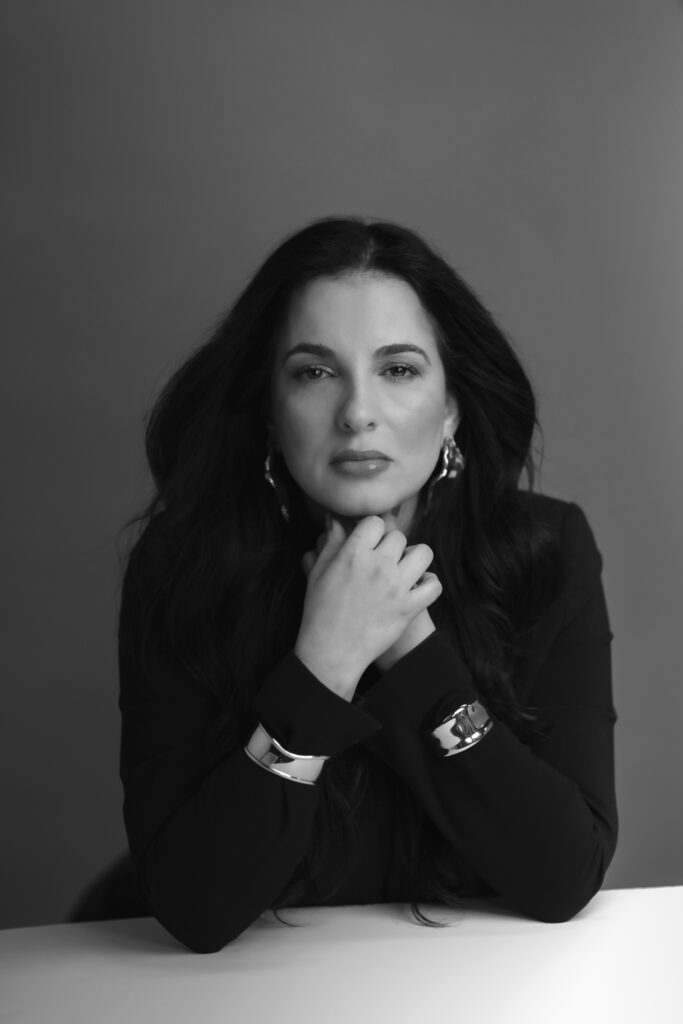
- Scalp analysis: If shedding seems excessive or you notice thinning areas, book a professional scalp analysis to identify the root cause.
- Dermatologist consultation: For medical concerns like alopecia or hormonal hair loss, consult a dermatologist for proper diagnosis and treatment.
✍️ Learn how to do hair damage repair all year round
💡 Tip: Combining good scalp care, healthy lifestyle habits, and professional guidance gives you the best chance to maintain hair density and minimize hair loss.
What to Expect:
- Normal shedding: Hair regrows naturally in 3–6 months
- Hair loss: Requires action, but solutions exist (lifestyle, therapies, medical help)
You don’t have to figure it out alone; our team at Haste Hair can help restore balance and confidence.
Take Control of Your Hair Health
Understanding the difference between hair loss vs hair shedding is the first step to keeping your hair healthy, strong, and full of life.
Normal shedding is a natural part of your hair cycle, but spotting early signs of hair loss can make all the difference in protecting your hair before thinning progresses.
Combine proper scalp care, balanced nutrition, stress management, and professional guidance for the best results. Your hair deserves attention and care every day.
👉 Ready to take charge of your hair? Book a professional scalp analysis today and let our experts help you restore balance, confidence, and shine to your hair.
FAQ
What is normal hair shedding?
Shedding 50–150 hairs daily is normal. More than that may indicate excessive shedding or hair loss.
How can I tell if I’m balding or just shedding?
Balding shows patterns (receding hairline, crown thinning); shedding is diffuse and temporary.
Does shedding mean my hair is growing back?
Yes. Shedding makes space for new growth in the anagen phase.
Can hair breakage look like shedding?
Breakage snaps mid-shaft (no bulb), while shedding strands include a white bulb at the end.
When should I see a professional?
If shedding lasts longer than 6 months or bald patches appear, book a professional scalp analysis.

